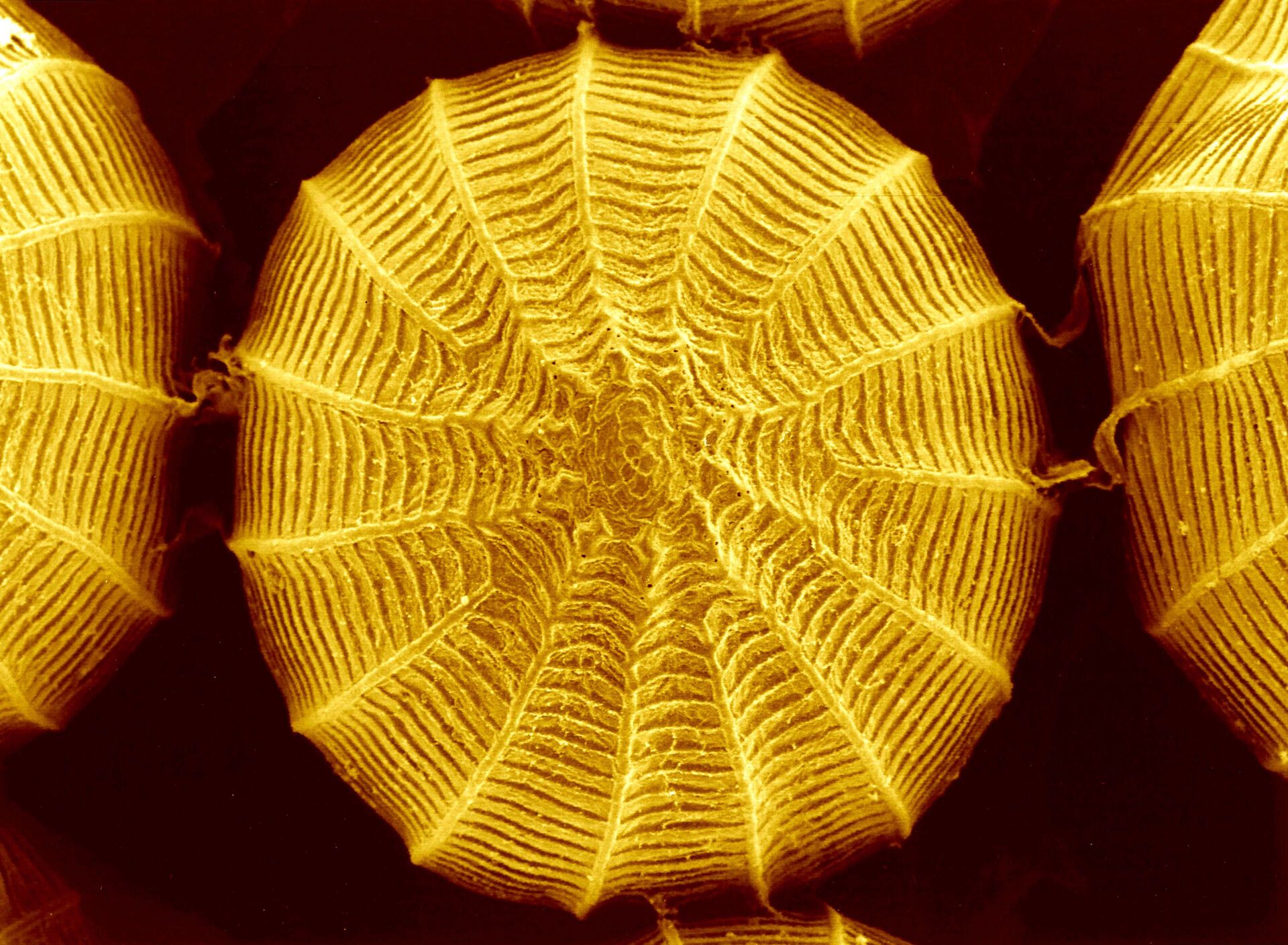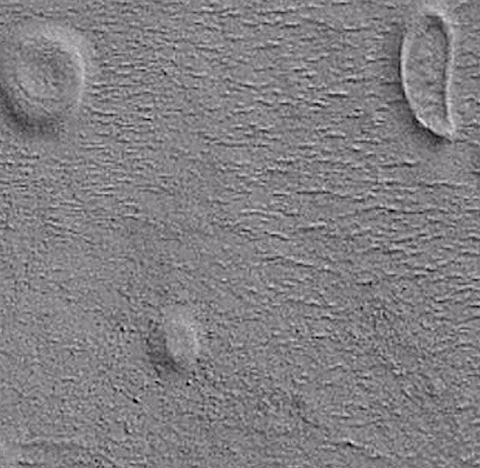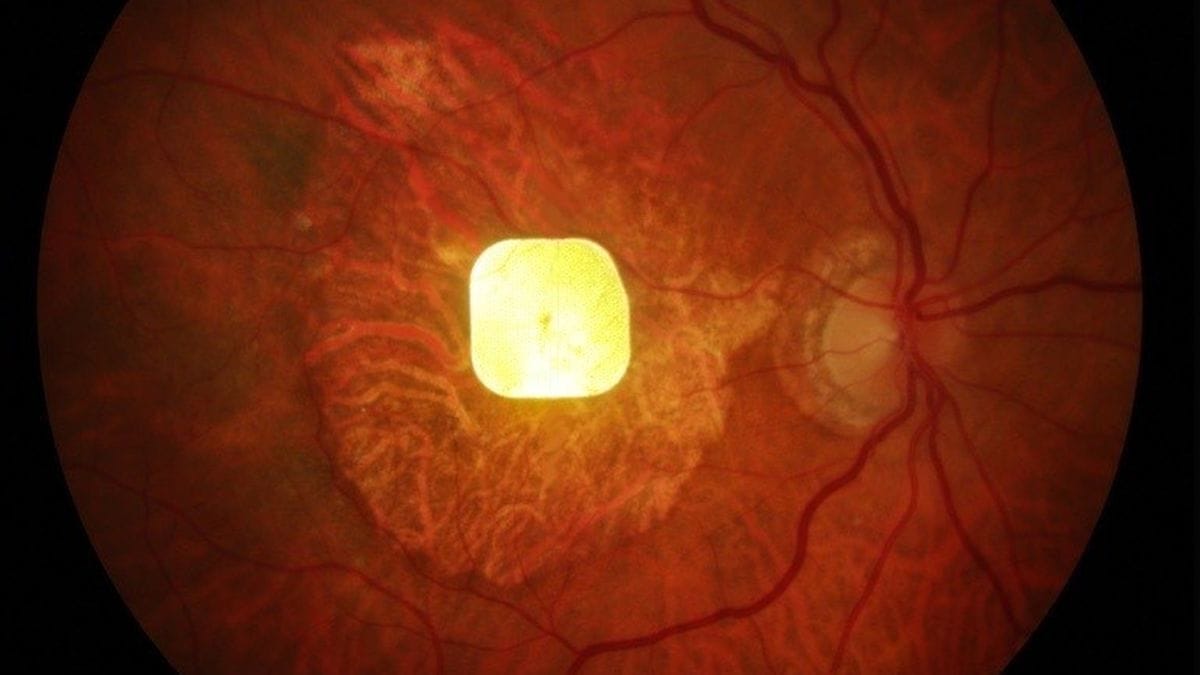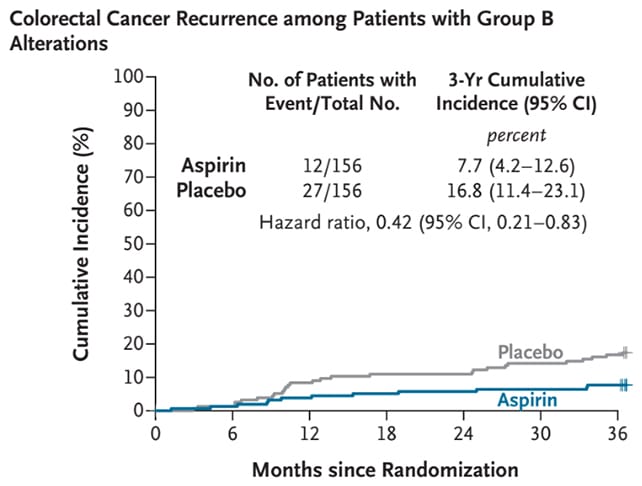The brightest take on this week’s science
What’s up, mouth-breathers?
This week, we’re discussing a new clinical trial that brings us closer to absorbing oxygen through our butts … 🍑
Also in this edition:
🤯 A mind-blowing fact about nuclear bombs in space
📈 A graph that shows good news about colon cancer
🔬 A microscope mystery
Without further ado…
LOW-KEY GENIUS
This Eye-Chip Implant Restores Sight
A prosthetic implant at the back of the eye has restored central vision in 26 people with age-related macular degeneration – a progressive and irreversible condition that leads to growing patches of blindness.
Thanks to the new eye chip, more than 80 percent of patients in the experiment could read letters and words again.
The implant works alongside a pair of glasses, which capture images and convert them into near-infrared light.
The implant then translates these signals into electrical messages for the brain.
"Before receiving the implant, it was like having two black discs in my eyes, with the outside distorted," said one patient. “It was dead exciting when I began seeing a letter.”
HEADLINES
What Else We're Watching
🏅This week’s most read: Breakthrough: Scientists Create 'Universal' Kidney To Match Any Blood Type
LOOK IN
We’re a Step Closer to Butt-Breathing
A new human clinical trial has shown that a special procedure to deliver oxygen through the rectum is safe.
The study involved 27 healthy male volunteers in Japan who were tasked with holding between 25 and 1,500 milliliters of perfluorocarbon liquid in their rectum for an hour.
The ‘butt-breathing’ procedure passed its first safety hurdle with flying colors.
Now researchers hope to test what happens when that liquid contains a very high concentration of oxygen.
The hope is that one day, a procedure like this could help people who are struggling to get enough oxygen through their lungs.
Pigs, rodents, turtles, and some fish can breathe through their butts, so why not us?
ZOOM ZONE
Microscope Mystery: What Do You See?

(David Gregory & Debbie Marshall/Wellcome Collection)
A) Butterfly egg
B) Pollen
C) Cancer cell
D) Fly eye
Answer at the bottom.
GOOD NEWS GRAPH
Aspirin Could Stop Colorectal Cancer Returning
This graph comes straight from a new clinical trial involving 626 people with cancer.
What does it show?
A daily, low dose of aspirin may significantly reduce the chances of colon and rectal cancer returning.
In the details: Participants given aspirin were up to 55 percent less likely to see their cancer come back over three years compared to those taking a placebo.
WOW FACTOR
Science Fact of The Week

An aurora created from Starfish Prime. (US Govt. Defense Threat Reduction Agency/Public Domain)
In the 1960s, the United States detonated several nuclear bombs in space.
The largest of the bunch, called Starfish Prime exploded some 250 miles above Earth’s surface.
The bomb created a short-lived cavity in our planet’s ionosphere, triggering blackouts in Hawaii, and destroying satellites.
DOPAMINE HIT
Before You Go…
Smile!

A smile from the surface of Mars. (NASA)
Microscope answer: A butterfly egg.
Cabbage white butterflies lay gorgeous eggs that gradually turn yellow as they age. A single plant can be a nursery for 57 eggs and 48 larvae all at once. A gardener’s nightmare…
That’s all for today… see you next week!
- Carly







